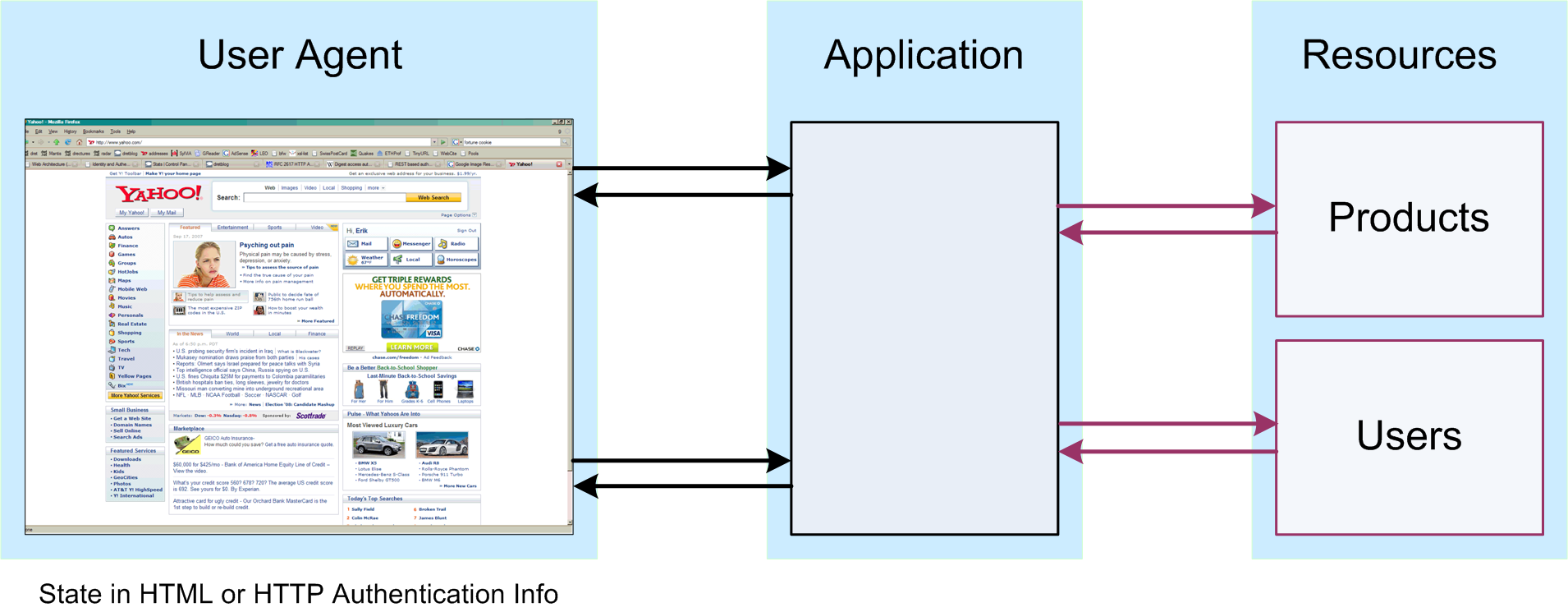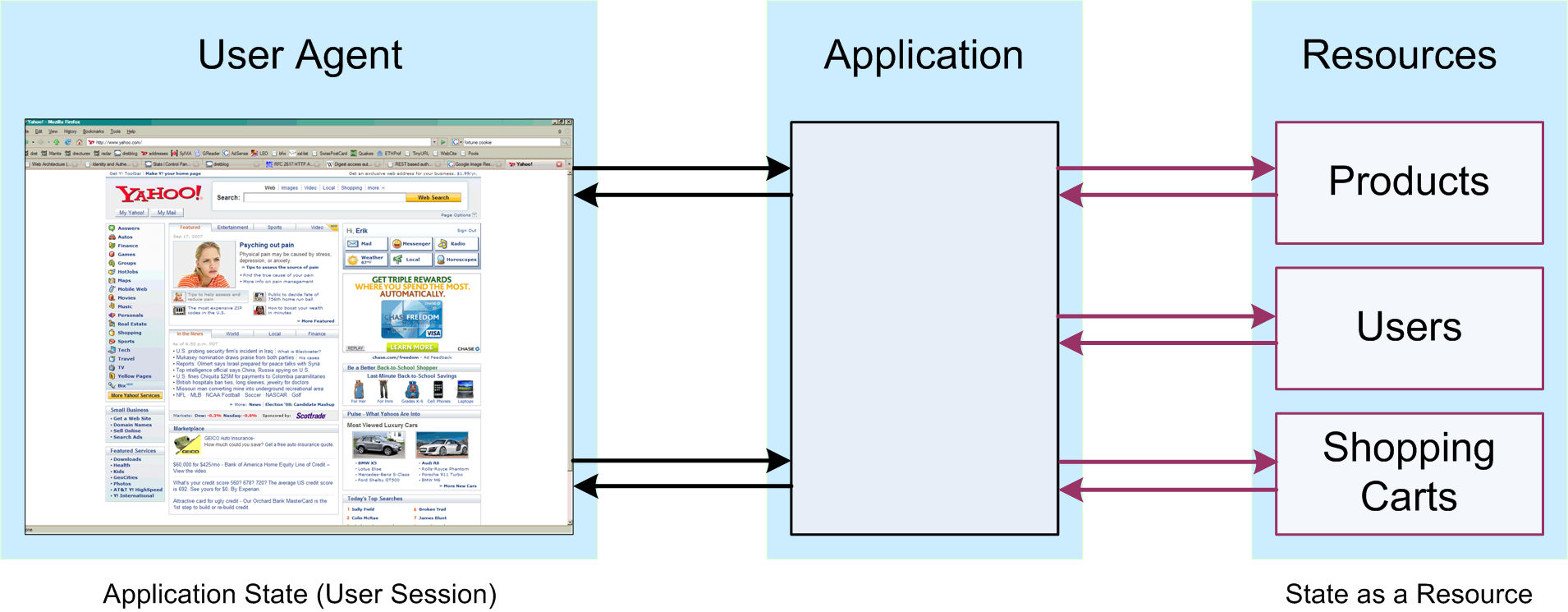State Management
Web Architecture [./]
Fall 2009 — INFO 290 (CCN 42593)
Erik Wilde, UC Berkeley School of Information
2009-11-10
![]() [http://creativecommons.org/licenses/by/3.0/]
[http://creativecommons.org/licenses/by/3.0/]
This work is licensed under a CC
Attribution 3.0 Unported License [http://creativecommons.org/licenses/by/3.0/]





